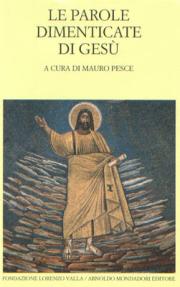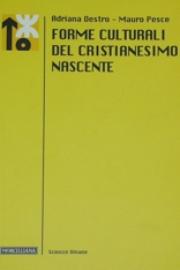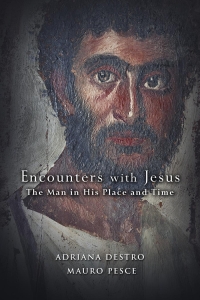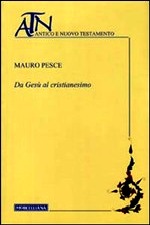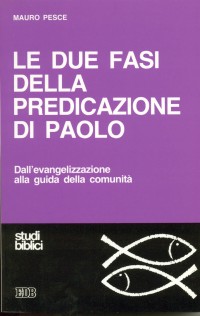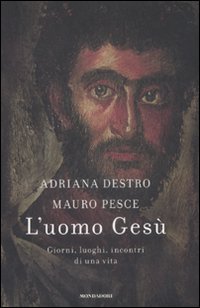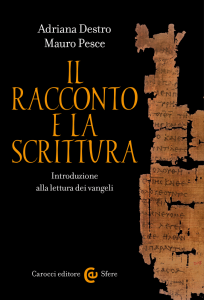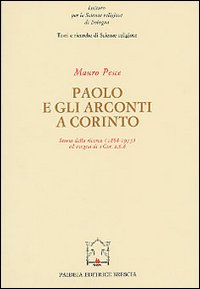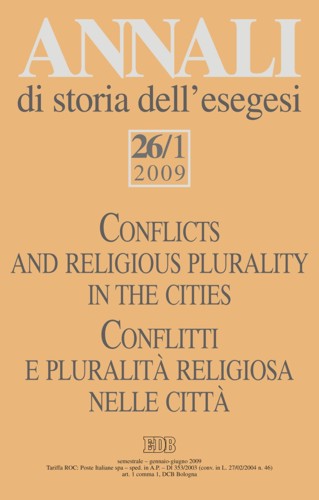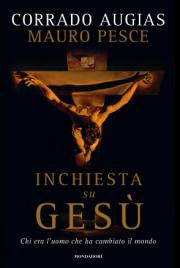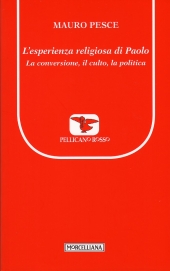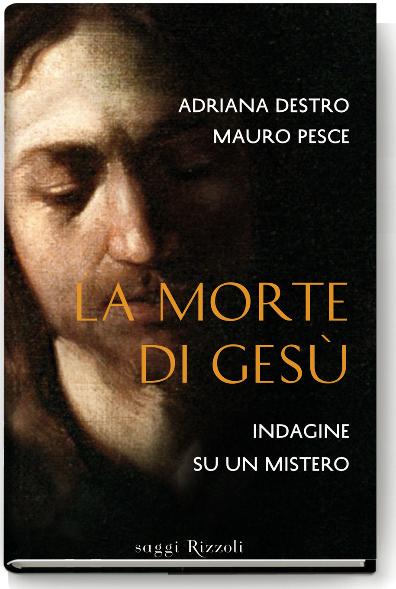J.Neusner, The Lost Documents of Rabbinical Tradition. Documenti perduti della tradizione rabbinica
- Dettagli
- Categoria: Documenti
- Pubblicato Giovedì, 20 Settembre 2012 15:49
- Visite: 9443
Jacob Neusner,
i documenti persi della tradizione rabbinica
Introduction
Rules of writing covering rhetoric, the logic of cogent discourse, and the topical program govern the formation of the components of the late antique canon of Rabbinic Judaism. These rules of topic, logic, and rhetoric define the composition of the documents from the Mishnah through the Bavli. But Canonical documents of late antique Rabbinic Judaism contain evidence also of the existence of rules defining documents that did not survive but that nonetheless left their marks here and there in the extant writing.
Here I reconstruct the formal models that governed the composition of the lost documents of Rabbinic Judaism in its formative age, the first six centuries C.E. I shape a theory of the indicative traits of lost documents, writing that was out of place in the present version, for which the alien writing was formed. So I recover missing documents and build on my documentary hypothesis to identify, in anomalous compositions that survive in existing documents, the remnants of these otherwise-lost documents, that is, embedded alien writing.
This project, accordingly, extends to a fresh venue my documentary hypothesis of the Rabbinic canon in late antiquity. It identifies the presence, in canonical documents, of remnants of Rabbinic compilations of the late antique age that have not survived intact but only in shards. Hence I call the work “the lost documents of Rabbinic Judaism.”
How in fact does the documentary hypothesis figure here? That hypothesis holds that collections of Rabbinic writings are not miscellaneous but are shaped in accord with distinctive policies that govern the rhetoric, logic of coherent discourse, and topical program for an entire composite. We are able to define the governing rules of each document and to identify what marks them as distinctive. The Rabbinic compilations of late antiquity are not miscellaneous but conform to indicative rules. The documentary hypothesis maintains that a given canonical document exhibits distinguishing and characteristic traits, which facilitate differentiation of that sizable piece of writing from other, comparable compilations. Particular rules governed the composition of the components of a given document, and we know what those rules required in the rhetoric, topic, and logic of coherent discourse of that document. Therefore components of a given document can be distinguished from components of other documents of the canon by indicative formal and substantive traits.
The argument that animates the exercise performed here is simply stated. I lay out in detail these facts: [1] Canonical documents contain anomalous components. [2] These anomalous remnants exhibit indicative traits that differ from those that define the document in which they are embedded. [3] In some cases we can identify the extant Rabbinic document to which the anomalous composition belongs, in which it conforms to the documentary program — logic, topic, rhetoric. [4] In most cases of anomalous writing, e.g., writing in accord with documentary rules that do not govern in any exant Rabbinic document, we do not possess documents that conform to the particular formal program adumbrated by the remnant in hand. So in the surviving anomalous writings of the late antique canon we find shards and remnants of the otherwise lost canonical documents of late antiquity.
The lost documents fall into two classes. First come documents that conform to existing models but do not find a position in an existing document, so the rhetoric and logic of cogent discourse fit in but the topic is alien. Second comes writing that differs in topic, rhetoric, and logic of coherent discourse — that has been written in accord with no known norms of composition. Examining the extant components of the canon book by book, I identify these anomalous writings document by document, from the ones embedded in the Mishnah through those buried in the Bavli. I further define the indicative traits of Rabbinic documents that do not conform to any pattern we now possess. In theory I reconstruct the indicative traits of the documents to which these anomalous writings were originally dedicated.
Accordingly, I rely on established formal and logical definitions of existing canonical documents for evidence of what does not belong to those documents but does conform to the form and program of lost documents: documents that exhibited the traits embodied in [1] an anomalous composition located in [2] an extant document. These remnants attest to writing in accord with formal conventions that differ from those governing the documents in which anomalous writing now occurs. They point toward a documentary plan that has not been carried out in a large-scale conglomerate but that has left the marks of its presence early on.
One obvious example of a lost document is the sage-story, the independent narrative of the activities of a Rabbinic sage.[1] Another example is a systematic exegesis of sequential verses of a book pf Scripture that in the canon as we know it is otherwise not subjected to an exegetical program, Job or Proverbs in place of Leviticus (Sifra) or Lamentations (Lamentations Rabbah). A third example is the systematic and continuous exposition of a principle of theology or morality. The third type invites speculation on the formation of canonical documents devoted to the amplification of theology alongside the existence of canonical documents that expound legal principles, a theological counterpart to the Mishnah for instance. Thus the same rhetorical, logical and topical traits that guide us in identifying canonical documents point toward the presence of composites that survive only in remnants in the existing conglomerates. These contain the outcome of editorial work of an indeterminate period.
Editorial work contains the yield of two processes, [1] composition of a coherent piece of writing and [2] conglomeration of ten or twenty or fifty compositions in a composite. The two distinct processes thus involve the writing of compositions and the formation of finished compositions into composites, formal collections — ultimately complete composites or books.
Now we shall see in rich detail a simple fact. [1] Conglomerations or collections exhibit governing formal traits, and writing intended for those composites conformed to the governing traits. But we shall see abundant evidence that [2] the canonical documents contained also writing that was destined for documents that differed in formal traits from the documents in which they now occur. We do not possess those documents but by noting the adherence to a distinctive formal program we can identify shards and remnants that are embedded in the canonical documents that we do possess.
The question I answer in this project is best framed in this way: what kind of a composition and what kind of a document did an author in the Rabbinic circles have in mind when he sat down to write a composition and put it together with other compositions into large-scale composites? Where did he imagine his composition would find its final destination in a sizable and fully constructed ultimate document — a tractate of the Mishnah for the Mishnah, for instance? We know the answer for the extant canonical writings. The Mishnah or Sifra or the Bavli all implicitly define the indicative traits of compositions prepared for inclusion in their pages, respectively. What is written with the Mishnah in mind is readily distinguished from what is written with Sifra in mind. Now we do not know when writing for the Mishnah or Sifra or the Bavli got underway (attributions do not settle the matter), but we know when writing for the Mishnah or Sifra or the Bavli came to closure: when those documents were deemed finished but for random polishing.
When the Mishnah came to closure, compositions that ended up in the Tosefta or in Genesis Rabbah were still in process. If our theoretical sage did his work in the time of the Mishnah and was not following the formal model of the Mishnah or recording its topical program but adopted the model of a writing that conformed to other rules than the Mishnah’s, where then did the writer of a composition that ignored the indicative traits of Mishnah-composition expect his composition to end up? To answer these questions I extrapolate from the known traits of the anomalous composition to the theoretical traits of the allegedly lost composite.
Accordingly, I compare the formal traits of the formally anomalous composition that has survived with the traits of the document in which it has survived and with the traits of other documents of the same canonical stratum. I build a theory of a lost document on the outcome of the accumulation of cases. In making these comparisons I take for granted that the writers of coherent compositions were familiar with the results of work on finished composites — collections of compositions that assembled quantities of completed compositions —and formed them into coherent composites.
It remains to define the indicative trait of all components of the entire canon of Rabbinic Judaism in late antiquity. This is easily done. What characteristics do we require for inclusion of a piece of writing in a canonical document, whatever its other traits? We may regard as certain that our theoretical author would expect to match his composition to other prior compositions bearing two definitive traits: [1] citation of authorities called rabbis and [2] citation of proof texts of Scripture by those rabbis. The presence of these two characteristics would distinguish as part of a single canon all the documents produced and preserved by Rabbinic Judaic consensus from the beginning to the present.
So why did a Rabbinic sage compose an anomalous composition — one that did not conform to the indicative traits of the document in which it is preserved? For whom did he write and what finished composition and composite did he expect would result from his writing? Scripture supplied no model. Writings produced by other-than-Rabbinic-sages — the Dead Sea library, Enoch or Maccabees for example — bear no formal or rhetorical traits in common with the Rabbinic documents or the compositions of which they are constructed. The extant canonical composites bear the burden of the anomalous writing. When we define the rules of composition and agglutination that governed the entire extant document, we can find the plan and the theoretical definition of the lost documents of the Rabbinic canon. That program emerges in the contrast with the norm that shaped the imagination of the writers of the anomalous compositions for that document in which they are preserved: lost on the very surface.
[1] Narrative and Document in the Rabbinic Canon. I. From the Mishnah to the Talmuds Narrative and Document in the Rabbinic Canon. II. The two Talmuds. Lanham 2009. University Press of America.

